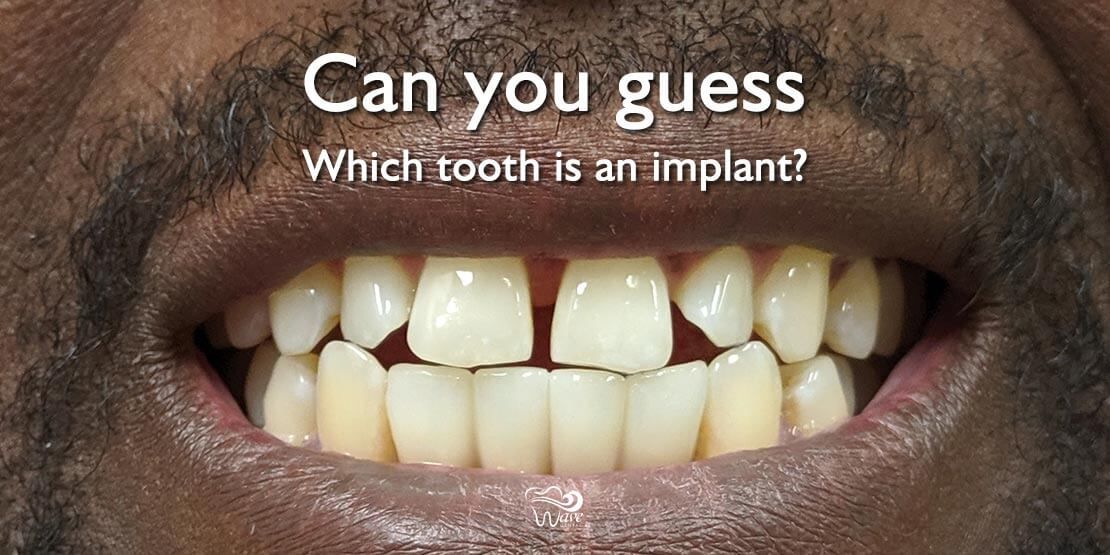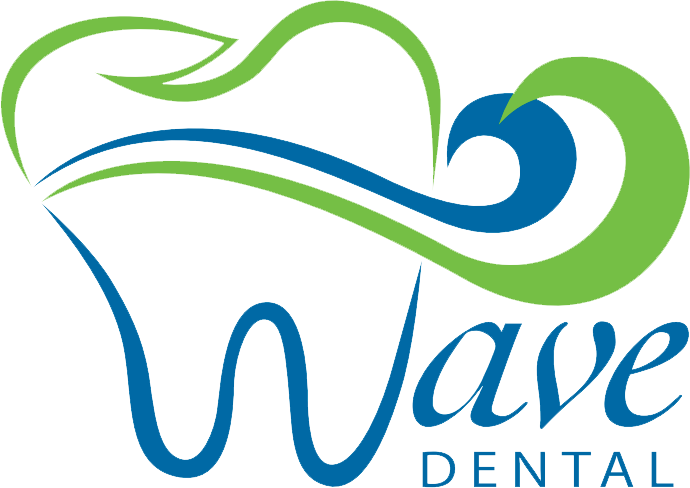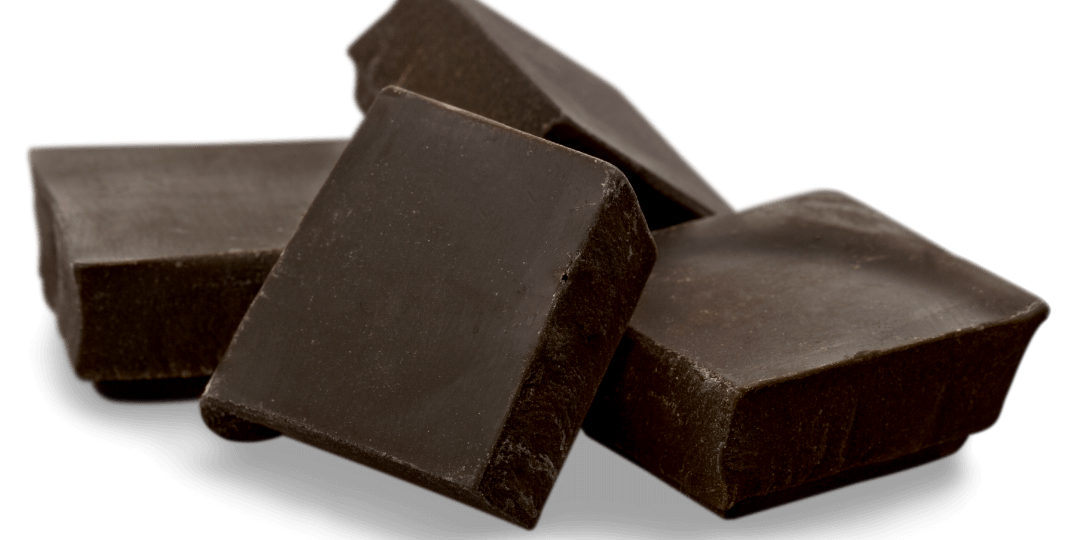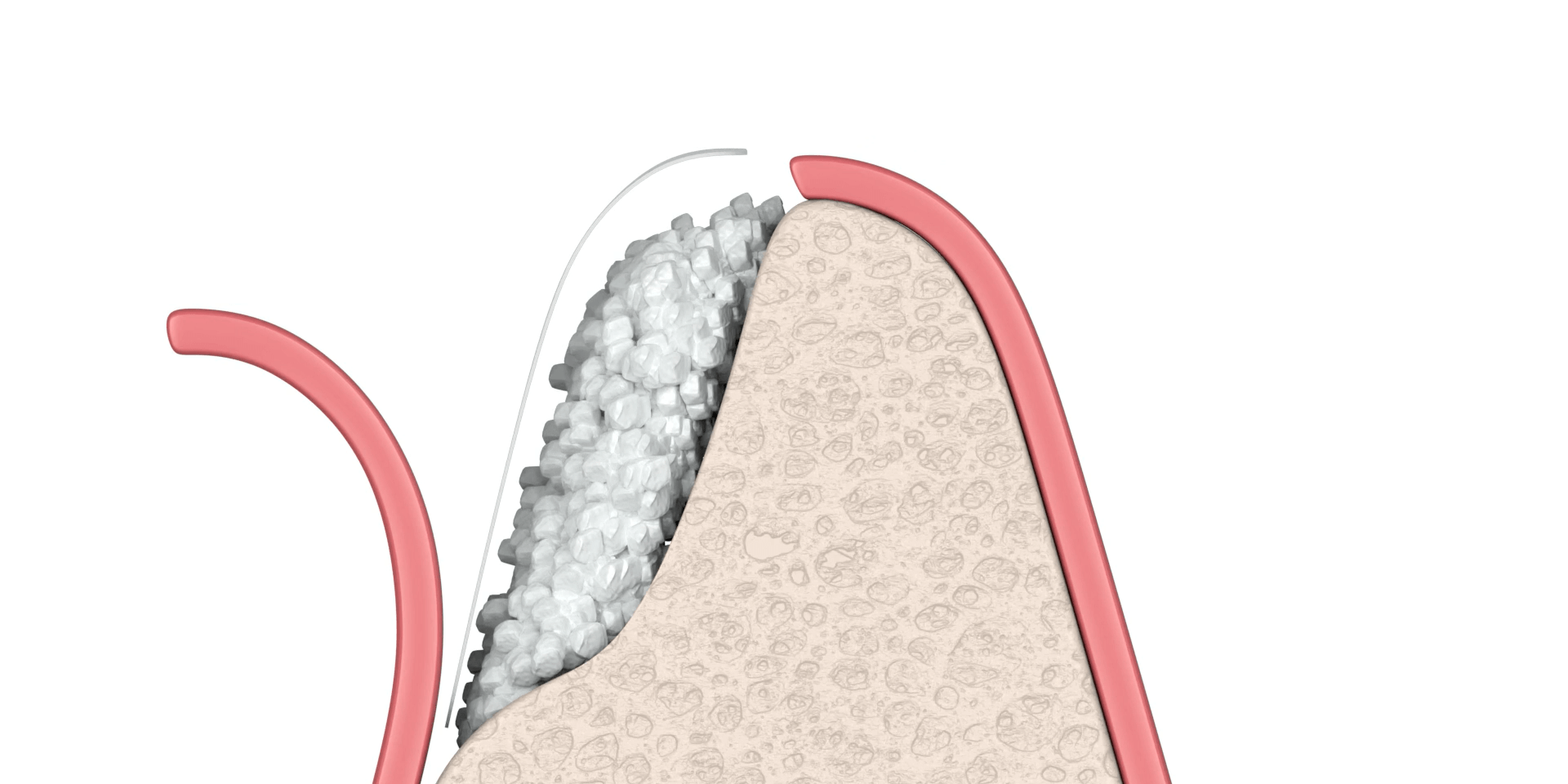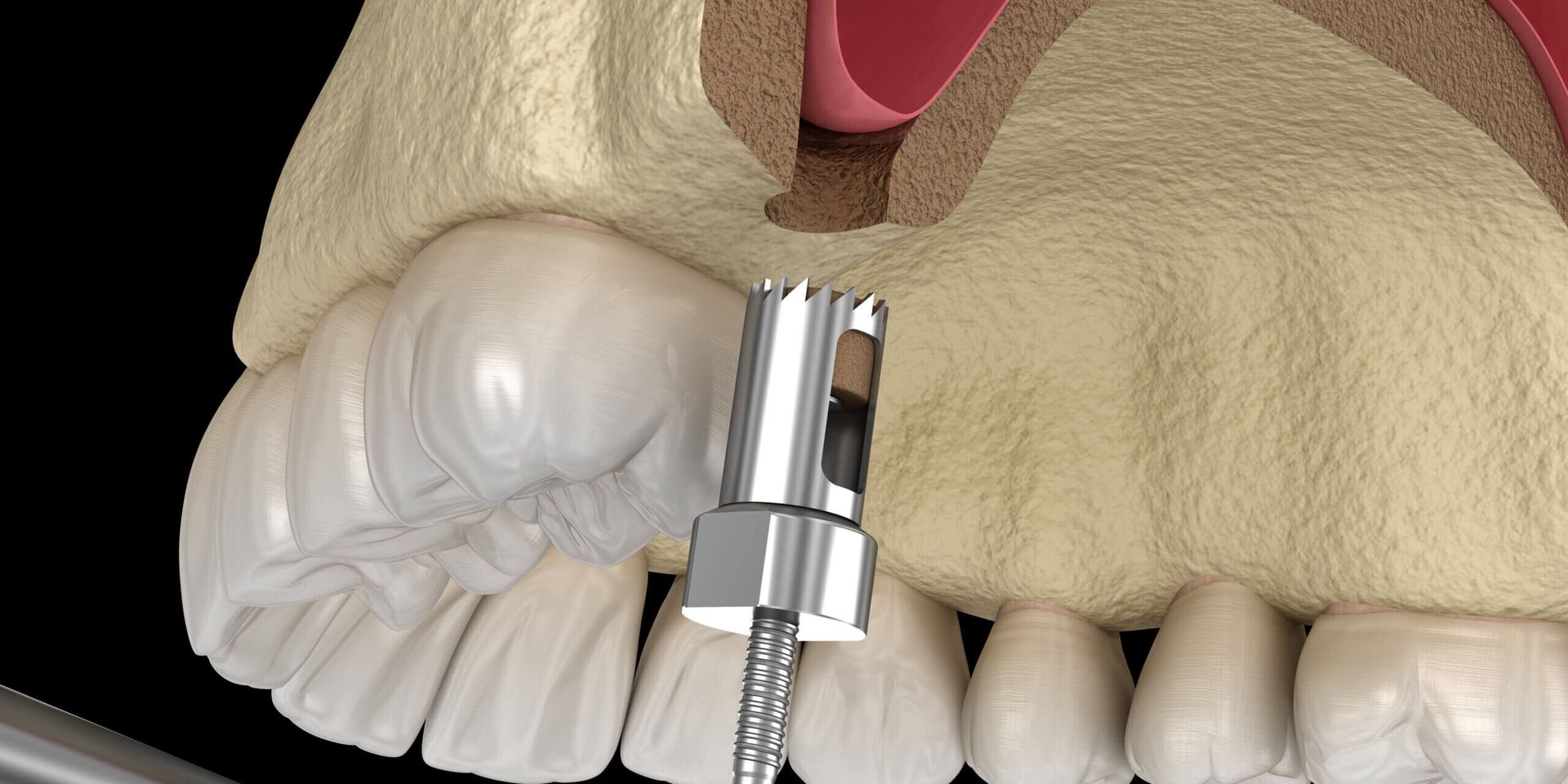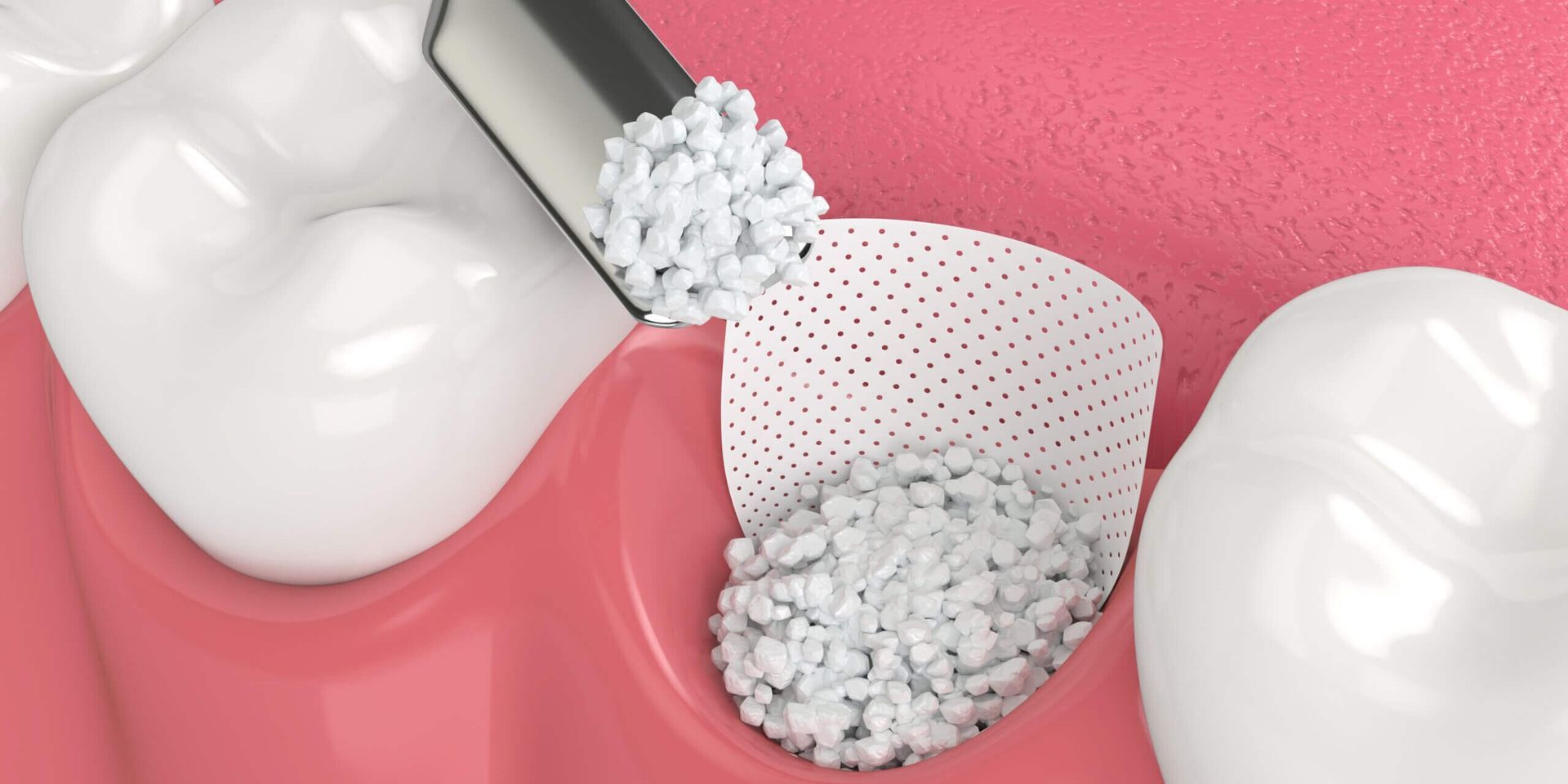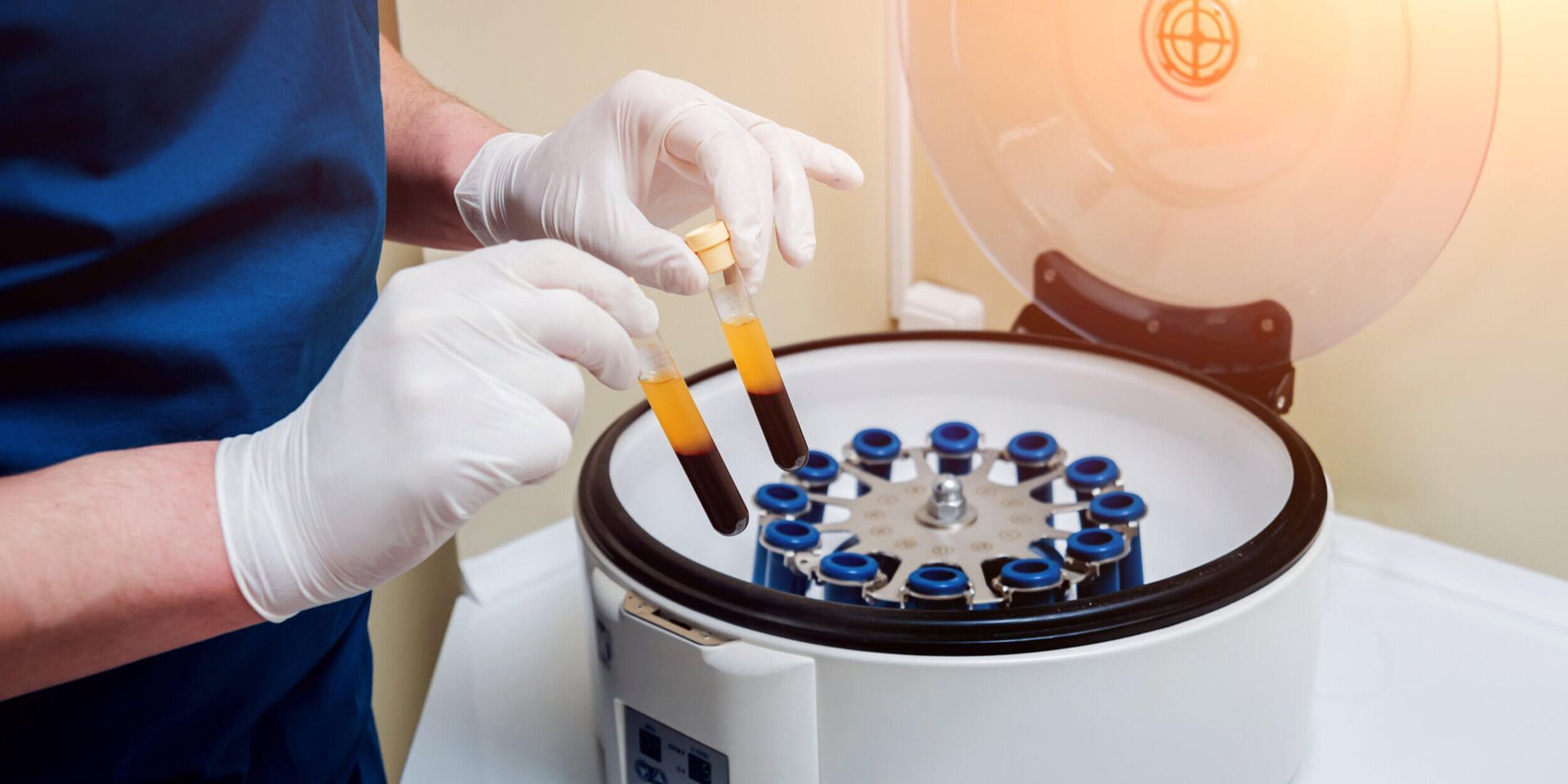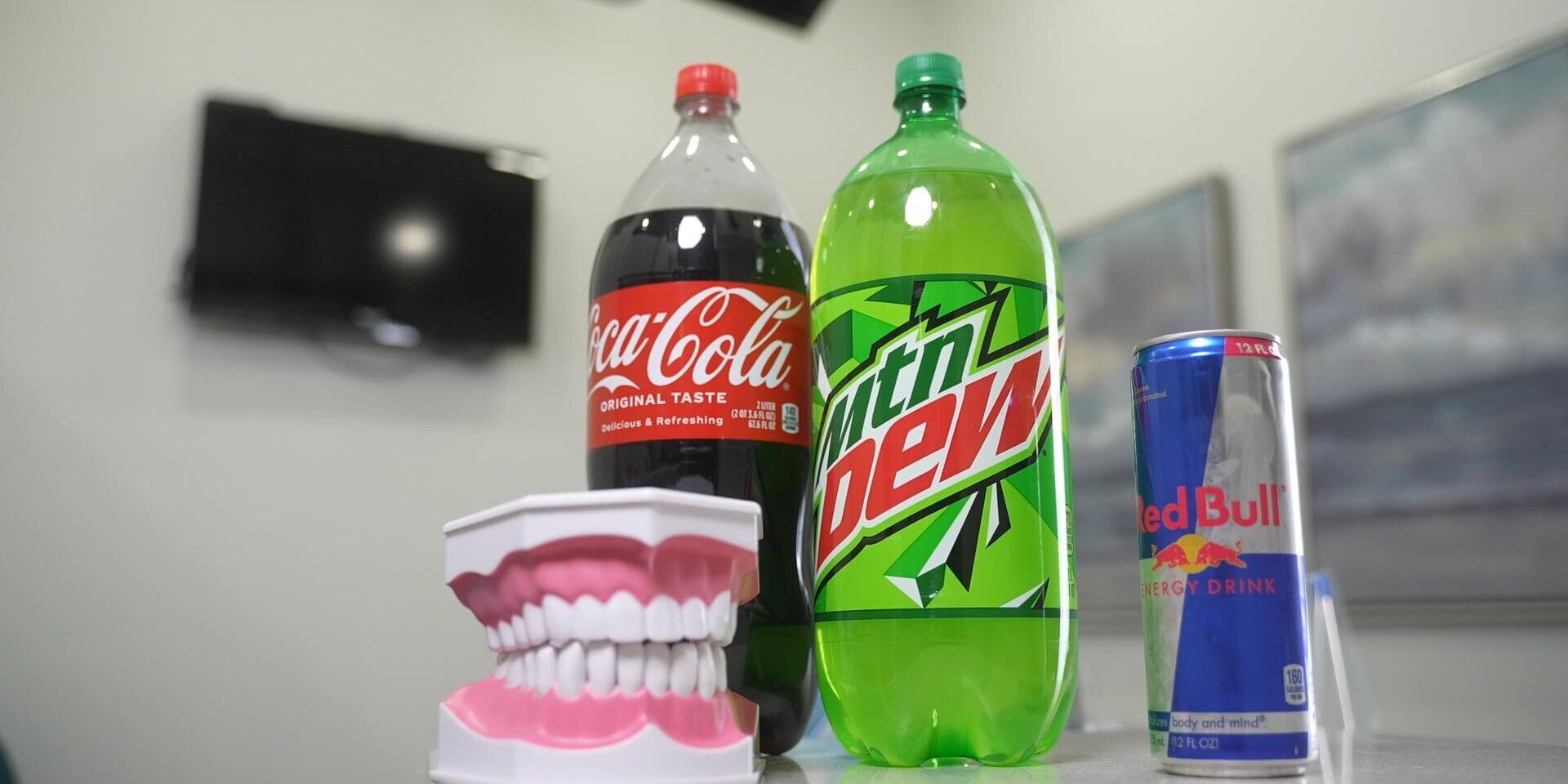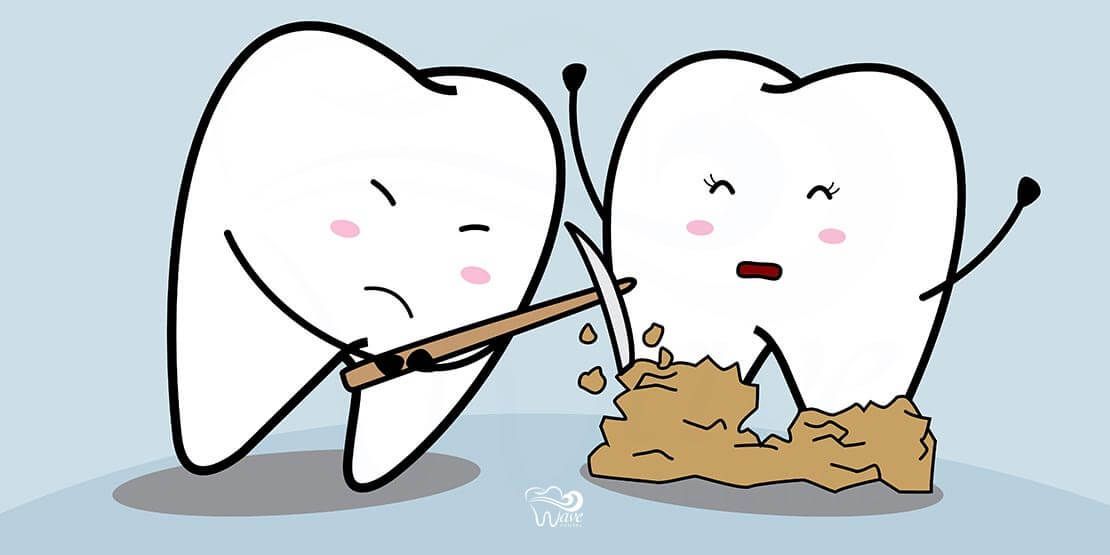Do You Mind Your Gap?
Do You Mind Your Tooth Gap?
Depending on who you ask, a gap between the two front teeth can be considered unsightly, beautiful, or not even noticeable. While there is no harm in having a gap here as long as it does not interfere with speech or cause food to get stuck in between the teeth, many patients express a desire to close it for aesthetic reasons.
In today’s post, I’d like to discuss some of the ways in which this can be achieved, as well as share a case we did right here at Wave Dental for a happy patient!
The first method, orthodontics, is the most comprehensive and is recommended for patients with multiple gaps, a very wide gap in the front, or other issues with alignment. Braces can be very effective at closing gaps without a need to shave the teeth down or add resin between them. However, some patients do not wish to have braces, and some cases are best closed with different methods. Luckily, we have a couple more options.
The second method is bonding, which is what I used for this week’s featured patient, who we will call Margaret. Margaret had been afraid to smile in photographs and wanted her gap closed before leaving the next day on vacation.
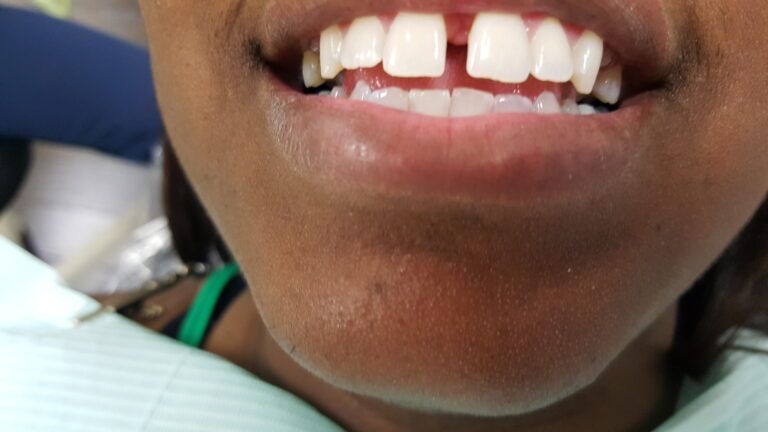
With this method, we use composite resin, the same material we use for white fillings when you have a cavity, to fill the gap. The advantage of this treatment is that the teeth only need to be roughened and not shaved down. It is also the quickest and most affordable of the three methods. The disadvantage is that there is a possibility that the material could chip off due to an injury or over time with heavy use, which is why I do not recommend biting into apples, carrots, or other very hard foods with the front teeth after bonding, although it does last for many, many years for most patients.
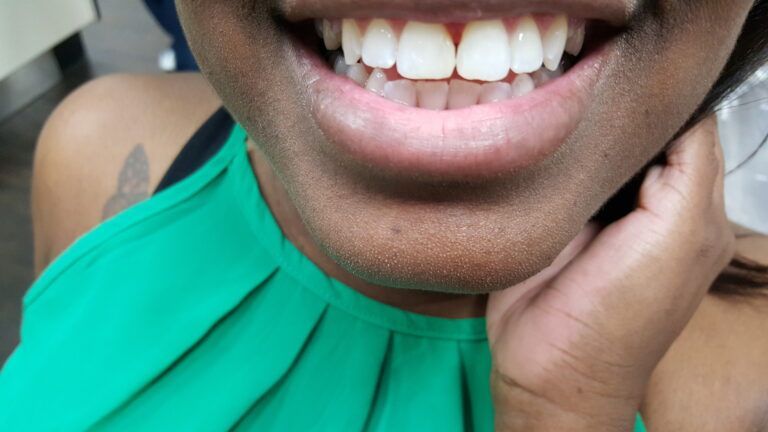
The final method is to restore the gap with veneers. This is the most dramatic solution, and although much more expensive than bonding, it is ideal for very large gaps, multiple gaps between the front teeth, and patients that are very concerned about esthetics. Recent advantages in dental materials allow us to cover the front of the teeth with veneers with very little reduction, or shaving down, of the original teeth. Look out for a future post all about veneers!
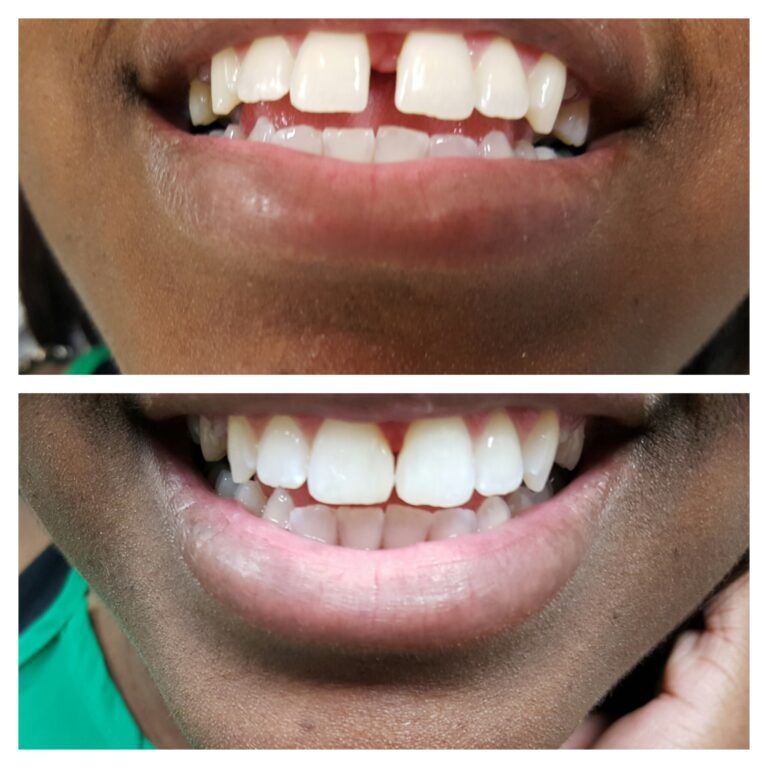
Thank you for reading this week’s post! If you have any concerns about gaps between your teeth, feel free to call our office or email me!
